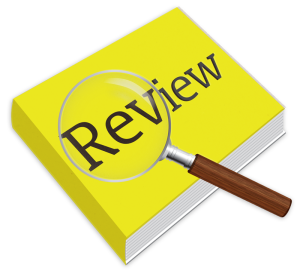Lesson 1&2: Development and Quality of Life
|
What is the meaning of the world development?
Using the top trumps game below begin to think about what makes a country developed
| |||||||
Your browser does not support viewing this document. Click here to download the document.
| Development and Quality of life | |
| File Size: | 7911 kb |
| File Type: | ppt |
| World Map Outline | |
| File Size: | 495 kb |
| File Type: | docx |
| Causes of unequal development | |
| File Size: | 51 kb |
| File Type: | |
| Tarsia on Indicators | |
| File Size: | 64 kb |
| File Type: | |
| Consequences of unequal development | |
| File Size: | 46 kb |
| File Type: | |
Lesson 3&4: The Human Development Index (HDI)

Using the powerpoint try to guess whether the country is a HIC or LIC. Discuss why you think this is the case. |
| ||||||
Essay: How far do you agree that the HDI is the best way to measure the development of a country?
Your browser does not support viewing this document. Click here to download the document.
Your browser does not support viewing this document. Click here to download the document.
| geoactive_measuring_development.pdf | |
| File Size: | 5698 kb |
| File Type: | |
Lesson 5-7: Why are some places poorer than others

- To understand the challenges facing countries in generating wealth
- To know the factors that might be responsible for the lack of wealth in some countries

Watch the YouTube on why some countries are poor.
Your task is to create a poster outlining all the issues that can contribute to certain areas in the world being poorer than others. The reasons should include:
- Weather and Climate
- Disease
- Terrain/Land
- Natural Hazards
- Corruption
- Natural resources
- Trade inequality
- Political factors
|
| ||||||||||||

Posters will be presented to the rest of the class and there will be peer voting for part of your assessment. This will be done using Microsoft forms (ranking).
Lesson 8: Trade and Chocolate

- To explore how international trade affects people in the world
- To be able to explain how international trade can be negative
- To know some of the negative impacts of the chocolate industry

Using the PowerPoint below begin to explore some of the issues
| trade_and_chocolate.pptx | |
| File Size: | 8206 kb |
| File Type: | pptx |

Watch the panorama Video - The Bitter Truth about Chocolate and answer the accompanying questions.
|
| ||||||||||||
Lesson 9: What is Fair trade?
|
Your browser does not support viewing this document. Click here to download the document.
|
| Fair Trade | |
| File Size: | 10904 kb |
| File Type: | pptx |
|
| ||||||||||||
|
Fair Trade Board game
| ||||||||||||||||||||||
Lesson 10: Reducing the Development Gap
Print the information section of the following PowerPoint and explain the different methods of reducing the Development Gap
Your browser does not support viewing this document. Click here to download the document.
The Trade Game

- To appreciate how trade works
- To understand how hard it is to break out of the poverty cycle

This game will take one whole lesson. Start with explaining the rules and then follow the instructions on the PDF.
Your browser does not support viewing this document. Click here to download the document.
| trading_trainers.pdf | |
| File Size: | 695 kb |
| File Type: | |










